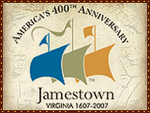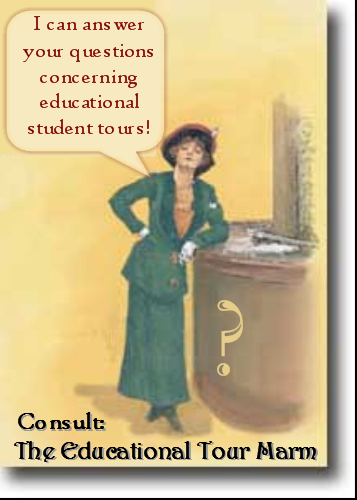

Start Spreading the News!
New York City is my birthplace; I’m originally from Queens, one of the five boroughs, or counties, that make up New York City. So you can imagine how much I like to show off the city! New Yorkers have a great pride of place, and why not? (Someone once said that I was a provincial cosmopolite: I was provincial because I thought New York was the beginning and end of the world, and I was a cosmopolite because it was!)
Unfortunately, after years of guiding tours for tour operators and travel agents which included New York City, I was frustrated by the limited scope of the New York experience offered to both tourists and students. It was a , give 'em what they want or know, rather than presenting an accurate overview of the city, its history, and its people. New York visitation has been reduced to showing its surface rather than its soul. The lasting impression is an exciting, glitzy, and iconic blur; very much like the Las Vegas casino without the slots.
Perhaps its all the local history I retained from elementary school, my natural curiosity. and wanderlust as an adult resident (combing ethnic neighborhoods for new exotic restaurants) that gives me a unique perspective of the Greatest City in the World!.
Incredibly, it doesn’t register with educational tour operators to present the city it its historic or social context.
New York City: had a vibrant native American heritage; was colonized by the business-savvy, but heavy-handed, Dutch; was taken over by the British in a bloodless coup; saw a great deal of action during the American Revolution; became the first U.S. Capital; was a primary seaport with a significant maritime and mercantile heritage; played an important role in the War Between the States; still remains a clothing manufacturing and fashion center; was a battleground of social, political, labor, and civil rights causes; is considered the gateway to freedom and opportunity for millions of immigrants; reflects both the excesses and philanthropy of the robber barons; endures as a center for the arts and humanities; remains THE financial capital of the world; continues as an international capital by the United Nations; grew as a result of inspired city planning and breath-taking architecture; promotes ethnic diversity; is known for its fabulous food and restaurants; is the story of a city that recovered, and triumphed after the worst terrorist attack on American soil.
It is also the birthplace of Teddy Roosevelt, the home and parish of George Washington during his administration, and the final resting place of President U. S. Grant. (Who's buried in Grant's Tomb?) Although James Monroe died in New York and was initially buried here, his remains were removed to Hollywood, not California, but a venerable and famous cemetery in Richmond, Virginia. (There's a bizarre story about this removal, but perhaps that will be in another post!)
Why not mix in elements of the ‘wild side’ of New York City; the flora, fauna, and geology of Central Park, the wetlands of Jamaica Bay, the recovery of the Hudson River, the Bronx Zoo, and the Botanical Gardens?
And one can even take the subway to the beach!
Now you're getting the true spirit of this great metropolis!
In the following months I shall discuss some of the wonderful opportunities for your students in New York City - and I'm calling on all NYC teachers to contribute!
The Tour Marm
P.S. Just in case you were wondering...The building to the right of the New York City postcard is a very important site for me; it was Kew Gardens General Hospital where I was born. Unfortunately, it no longer exists, which really makes me feel old!

















